Clausen’s violet (Viola clauseniana) is one of Zion National Park’s most extraordinary yet least understood treasures. This rare, endemic plant exists only in Zion, tucked away in fragile ecosystems like the park’s hanging gardens. With its populations limited to just three stable groups, and others dwindling or lost to habitat destruction and invasive species, Clausen’s violet has become a symbol of the urgent need for conservation.
The DNA Sequencing of Clausen’s Violet Project aims to unlock the genetic secrets of this delicate species, ensuring its survival and resilience in the face of climate change. Using advanced genomic tools, researchers will explore the plant’s genetic diversity to guide conservation efforts.
“The conservation of Viola clauseniana is not just about saving a plant; it’s about preserving a vital part of Zion’s unique ecosystem and ensuring the health of our natural heritage,” said Project Lead Darrin Gobble.
This diminutive plant plays an outsized role in Zion’s ecology. It used to thrives in some of the park’s most iconic hanging gardens— Weeping Rock and Emerald Pools verdant alcoves where water seeps through sandstone, creating habitats for unique flora and fauna. But now it is found only in a handful of locations. By stabilizing soil and supporting microhabitats, Clausen’s violet contributes to the health of these delicate ecosystems. Conserving it isn’t just about protecting a single species; it’s about maintaining the intricate balance of life in Zion.
At the core of this effort is a collaboration between Zion National Park and Weber State University, led by Dr. Jim Cohen. Researchers will collect samples from 96 individual plants across the park, using advanced DNA sequencing to analyze their genetic diversity. The project employs tunable Genotyping-by-Sequencing (tGBS), a cutting-edge method that identifies thousands of genetic markers, offering insights into how populations of Clausen’s violet interact and adapt. This knowledge will uncover which populations are most resilient to environmental changes and inform strategies for restoration, including seed and pollen exchange to reestablish lost populations.
Additionally, this research will determine whether Clausen’s violet qualifies for federal protection under the U.S. Endangered Species Act. Such a designation could bring additional resources and safeguards, enhancing the plant’s chances of survival.
“This project not only enhances our ability to conserve a rare plant but also strengthens Zion’s role as a leader in innovative resource management,” Gobble added.






